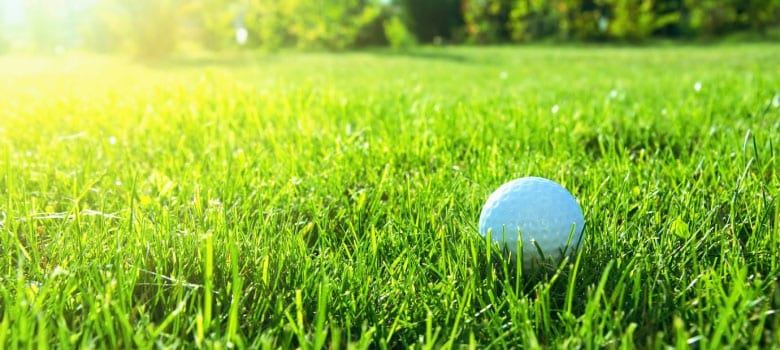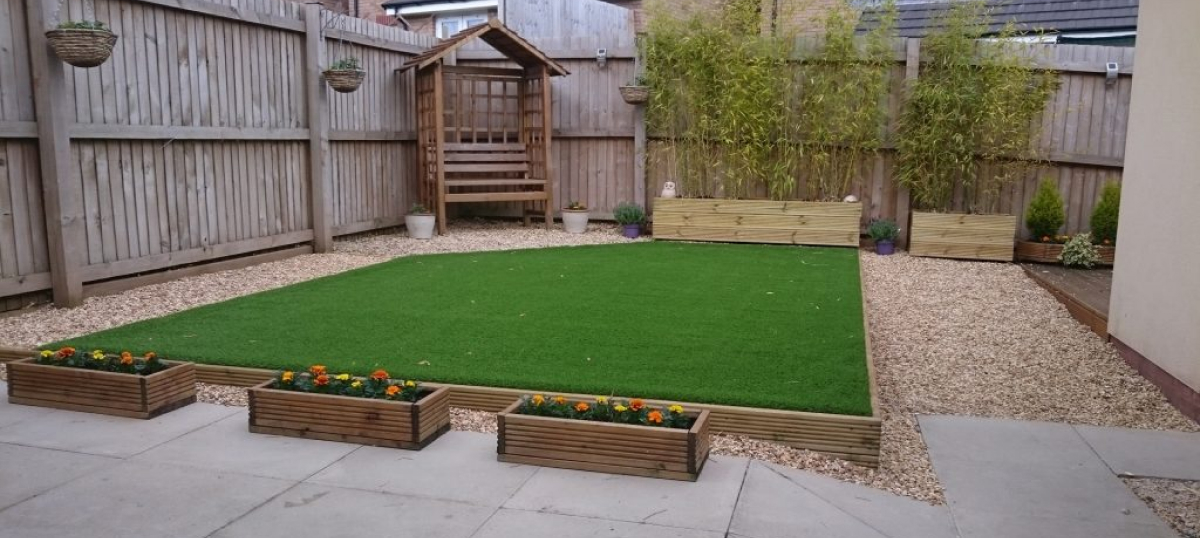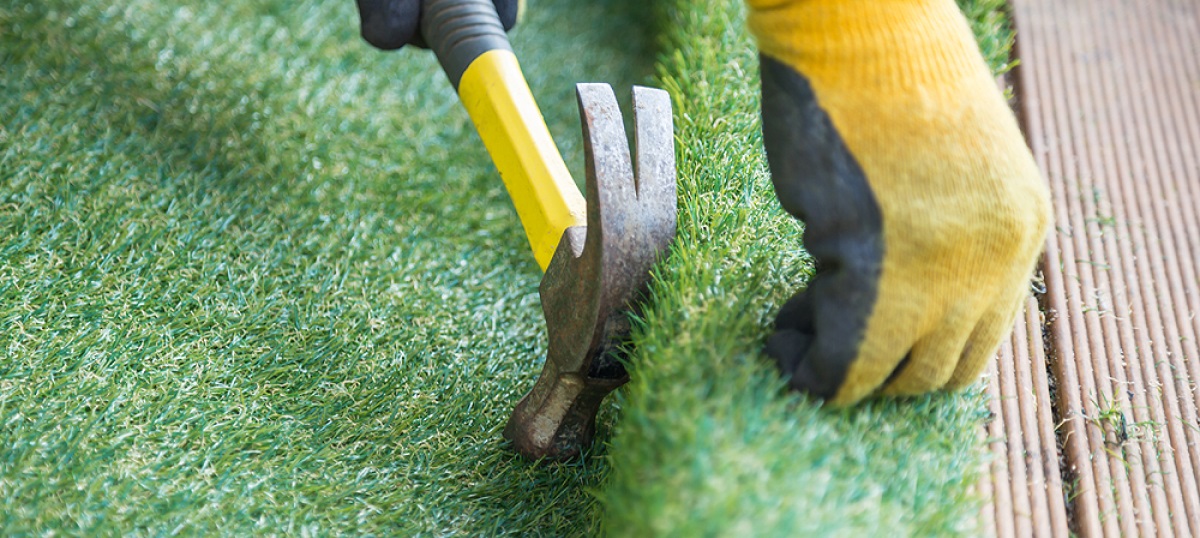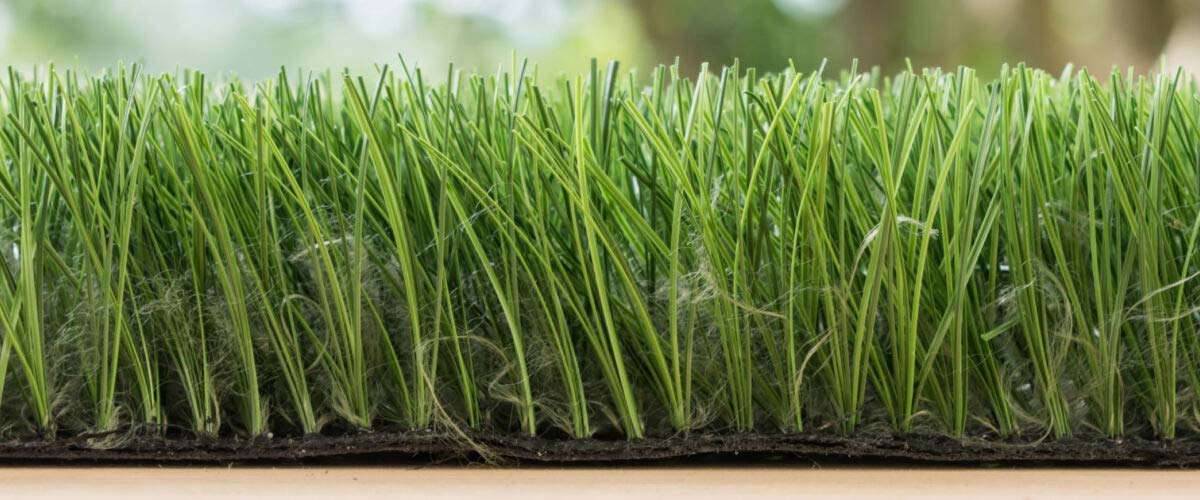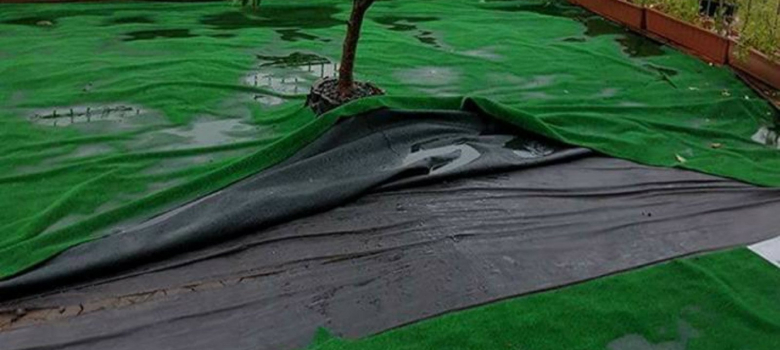While you’ll want your putting green to be ready as soon as possible, you don’t want a grass that will grow too quickly so that it ends up being high maintenance. The solution — artificial lawn.
According to stats shared by Golf Australia, more than 11 million competition rounds of golf were played in just a single year. What’s more, the number of golf participants increased by over 20%, too.
It’s clear that Aussies love a round of golf. One thing, though, that’s less clear is which type of grass to use for your putting green.
There are many common grass types used in Australia, but not all are suitable. While golf might not be as rough and tumble as rugby, the surface on which it gets played still needs to offer enough resilience and durability, just like the following five types of grass offer.
According to stats shared by Golf Australia, more than 11 million competition rounds of golf were played in just a single year. What’s more, the number of golf participants increased by over 20%, too.
It’s clear that Aussies love a round of golf. One thing, though, that’s less clear is which type of grass to use for your putting green.
There are many common grass types used in Australia, but not all are suitable. While golf might not be as rough and tumble as rugby, the surface on which it gets played still needs to offer enough resilience and durability, just like the following five types of grass offer.
5 popular grass choices for putting greens in Australia
1. Zoysia
Zoysia grass is well suited for warmer climates as it shows great tolerance to drought and heat. So, if your golf course or DIY putting green is situated in one of Australia’s warmer regions, you can consider Zoysia. That said, it can also withstand cooler climates, making it one of the most popular types of grass for golf courses all across Australia.
It also requires minimal watering and not as much maintenance as it grows slowly. Its finer blades create a soft touch, but you can rest assured that it still offers great hardiness needed for areas like a putting green that attracts substantial foot traffic. On top of that, it also grows better in shady areas than some other popular Australian grass types, a characteristic that makes it a great choice for golf courses with a number of shady areas where players can cool off when the competition starts to heat up.
2. Fescue
For putting greens located in cooler regions in Australia, Fescue can come to the rescue. It’s a very hardy type of grass that offers impressive tolerance to frost. It might be described as a cool-season grass, but droughts will also not get the better of it as it has a deep root system.
Thanks to its coarser blades, it’s tough. This makes it a great choice for roughs and fairways where a lot of the golfing action takes place.
3. Kikuyo
Kikuyu might not be native to Australia, but it remains one of the most common grass types used in Australia. The size of its blades is something in between Zoysia and Buffalo.
One of the reasons why it’s such a popular choice for sporting facilities is its bright green color. After all, a golf course needs to be something to look at too, right?
Though, it will be of no use if it’s only pretty. To be suitable for a putting green, the grass type needs to grow well in the given area, and Kikuyo can do that, too. As it offers impressive tolerance to heat and humidity, like Zoysia, it’s a popular choice for golf courses located in Australia’s warmer northern regions.
Planning a new golf course? This one is a fast grower, and you won’t have to wait too long before you start welcoming golfers. That said, this trait means that it will require more maintenance to keep your putting greens in tip-top shape.
4. Bentgrass
Similarly to Fescue, Bentgrass is a cool-season grass that’s commonly used for golf courses and residential lawns. It’s resilient and attractive. Its rich, green color and pleasant texture underfoot make it a firm favorite for many golf clubs.
However, it requires more water than most other types of grass and can grow quickly. So, to keep it in optimal condition so that it can be used for your putting green, it will call for much more maintenance. For this reason, it’s best suited for commercial golf courses that have a dedicated team to prevent it from taking over.
5. Synthetic grass
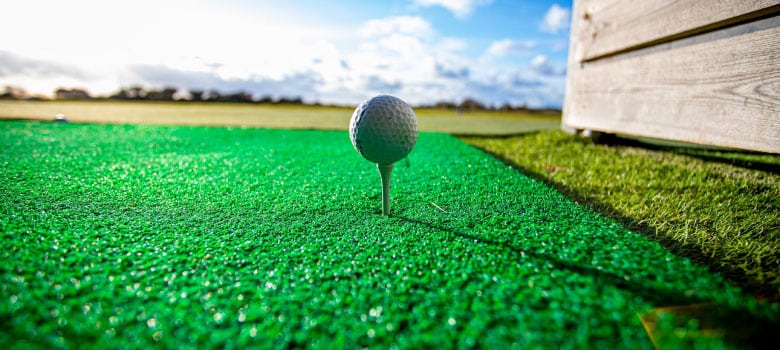
Another avenue that you can explore is installing synthetic grass instead. From cricket pitches to bowling greens, it’s becoming a popular grass choice for recreational activities.
Considering that it requires no pesticides, or fertilizers, it’s a very cost-effective solution for golf courses in particular.
Not only is synthetic grass virtually maintenance free, but it also offers great resistance. So, if you’re thinking about installing a putting green in your backyard but worried that your dog will claim it as his new spot, you can rest assured knowing that it’s actually one of the best grass types for dogs and perfectly safe.
As for appearance, there are various types to choose from, even colored grass for the more adventurous amateur golfer.
Put the best foot forward and get a synthetic grass putting green

If you’re in the mood to practice your golf, you want to be able to grab your golf clubs instead of first having to grab the lawnmower. After all, you probably have only a few minutes that you can devote to perfecting your putting, and if you first need to mow the lawn, the chances are good that you’ll rather reach for the TV remote.
To ensure your putting green is ready all-year round, you’ll also need to allocate time and money for regular watering and fertilization. Add that to the equation, and it quickly becomes an expensive and time-consuming task.
For this reason, many homeowners (and even golf courses) turn to synthetic grass for their putting greens. Sure, there are various grass types available, but all require more maintenance and water. It can also be difficult to find the most suitable type for your area’s changing seasons. And, when it rains, you’ll first have to wait for the puddles of mud to clear before you can resume your practice round of putting.
Come rain or shine, synthetic grass always puts its best foot forward. By opting for artificial turf over natural grass, the only handicap that you’ll need to focus on is your golf handicap. If you’re ready to get swinging, be sure to contact the EverGreen Synthetic Grass team. You can call us on (08) 9303 2130 or complete the enquiry form for a fast free quote today.

